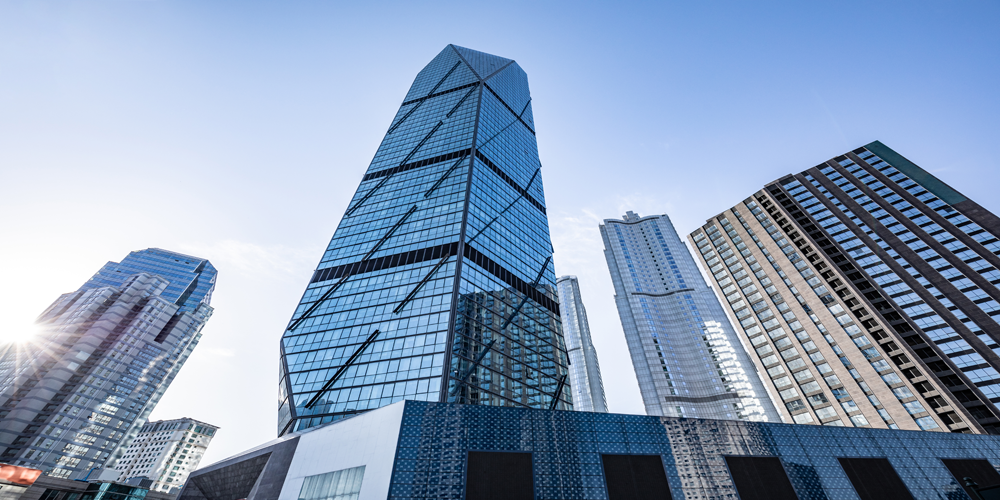Breaking Ground: Real Estate Ventures in London
London, the bustling capital of the United Kingdom, stands as a beacon of opportunity for real estate investors worldwide. With its rich history, diverse culture, and robust economy, London presents a myriad of prospects for those looking to break ground in the real estate market. From iconic landmarks to burgeoning neighborhoods, the city offers a spectrum of investment options that cater to various preferences and budgets. In this comprehensive exploration, we delve into the dynamic landscape of real estate ventures in London, uncovering the key factors driving investment decisions and highlighting the emerging trends shaping the industry.
Historical Context:
To truly understand the allure of London’s real estate market, it’s essential to examine its historical context. Over the centuries, London has evolved from a medieval settlement along the River Thames to a global metropolis renowned for its architectural marvels and economic prowess. The city’s rich tapestry of heritage buildings, such as the Tower of London and Westminster Abbey, coexists harmoniously with modern skyscrapers like The Shard and The Gherkin, reflecting its seamless blend of tradition and innovation.
The Great Fire of London in 1666, while devastating at the time, paved the way for urban renewal and architectural innovation, leading to the construction of grand Georgian and Victorian townhouses that still grace the city’s streets today. Fast forward to the present day, and London continues to undergo transformation, with ambitious urban regeneration projects revitalizing neglected areas and driving investment opportunities across the capital.
Key Investment Drivers:
Several factors contribute to London’s status as a prime destination for real estate investment:
- Economic Stability: London boasts a resilient economy supported by diverse sectors such as finance, technology, and tourism. Despite geopolitical uncertainties, the city remains a global financial hub, attracting businesses and skilled professionals seeking lucrative opportunities.
- Cultural Capital: As a cultural melting pot, London exerts a magnetic pull on residents and tourists alike. Its world-class museums, theaters, and culinary scene contribute to its vibrant atmosphere, enhancing the appeal of properties located in culturally rich neighborhoods.
- Educational Excellence: Home to prestigious universities such as Imperial College London and University College London, London attracts students from around the globe. The demand for student accommodation presents an attractive investment opportunity, particularly in areas with close proximity to educational institutions.
- Transport Infrastructure: London’s extensive transport network, including the Underground, Overground, and Crossrail (Elizabeth Line), facilitates seamless connectivity across the city. Properties situated near transportation hubs benefit from enhanced accessibility and commuter convenience, making them desirable investment prospects.
- Global Appeal: London’s cosmopolitan character and global connectivity make it a magnet for international investors seeking safe havens for their capital. The city’s status as a leading financial center and its robust legal framework provide assurances to investors, underpinning its reputation as a secure investment destination.
Emerging Trends:
While traditional real estate assets such as residential properties and commercial office spaces continue to attract investment, several emerging trends are reshaping the London real estate landscape:
- Mixed-Use Developments: The concept of mixed-use developments, combining residential, commercial, and leisure components within a single project, is gaining traction in London. These integrated spaces offer convenience and amenities to residents while maximizing land use efficiency, thereby appealing to developers and investors alike.
- Sustainable Design: With growing awareness of environmental issues, sustainable design practices have become integral to real estate development in London. Developers are incorporating green building techniques, such as energy-efficient systems and green roofs, to reduce carbon footprints and enhance long-term sustainability.
- Co-Living Spaces: The rise of co-living spaces addresses the evolving needs of urban dwellers, particularly millennials and young professionals. These communal living arrangements offer affordable housing options combined with shared amenities and social activities, fostering a sense of community and belonging.
- Tech Integration: Technology is revolutionizing the real estate sector, with innovations such as proptech and smart home systems reshaping the way properties are managed and utilized. From online property platforms to IoT-enabled devices, tech integration enhances efficiency, transparency, and tenant experience in the real estate market.
- Regeneration Projects: Urban regeneration initiatives are breathing new life into neglected neighborhoods and brownfield sites across London. Projects such as the redevelopment of King’s Cross and the transformation of the Royal Docks are revitalizing formerly industrial areas, creating vibrant mixed-use districts with residential, commercial, and recreational amenities.
Case Studies:
To illustrate the diverse range of real estate ventures in London, let’s examine two notable case studies:
- Battersea Power Station Redevelopment: Situated on the south bank of the River Thames, Battersea Power Station is an iconic landmark with immense redevelopment potential. The Battersea Power Station Development Company is overseeing the transformation of this site into a mixed-use development comprising luxury residences, retail outlets, offices, and public spaces. With its prime location and cultural significance, the project exemplifies the convergence of heritage preservation and modern urban living.
- Stratford Olympic Park Regeneration: The regeneration of Stratford Olympic Park following the 2012 London Olympics exemplifies the transformative impact of urban regeneration on a large scale. The once derelict industrial site has been reimagined as a vibrant East London neighborhood, complete with residential complexes, commercial premises, parklands, and sporting facilities. The project’s success underscores the potential for regeneration to catalyze economic growth and community revitalization.
Moving Forward
London’s real estate market presents a tapestry of opportunities for investors willing to navigate its dynamic landscape. From historic landmarks to cutting-edge developments, the city offers a diverse array of investment options underpinned by economic stability, cultural vibrancy, and urban regeneration. By staying attuned to emerging trends and leveraging innovative strategies, investors can capitalize on London’s enduring appeal and unlock the full potential of its real estate market. As the city continues to evolve and adapt to changing demographics and market dynamics, one thing remains certain – London will always be a beacon for real estate ventures, breaking ground and shaping the future of urban living.
